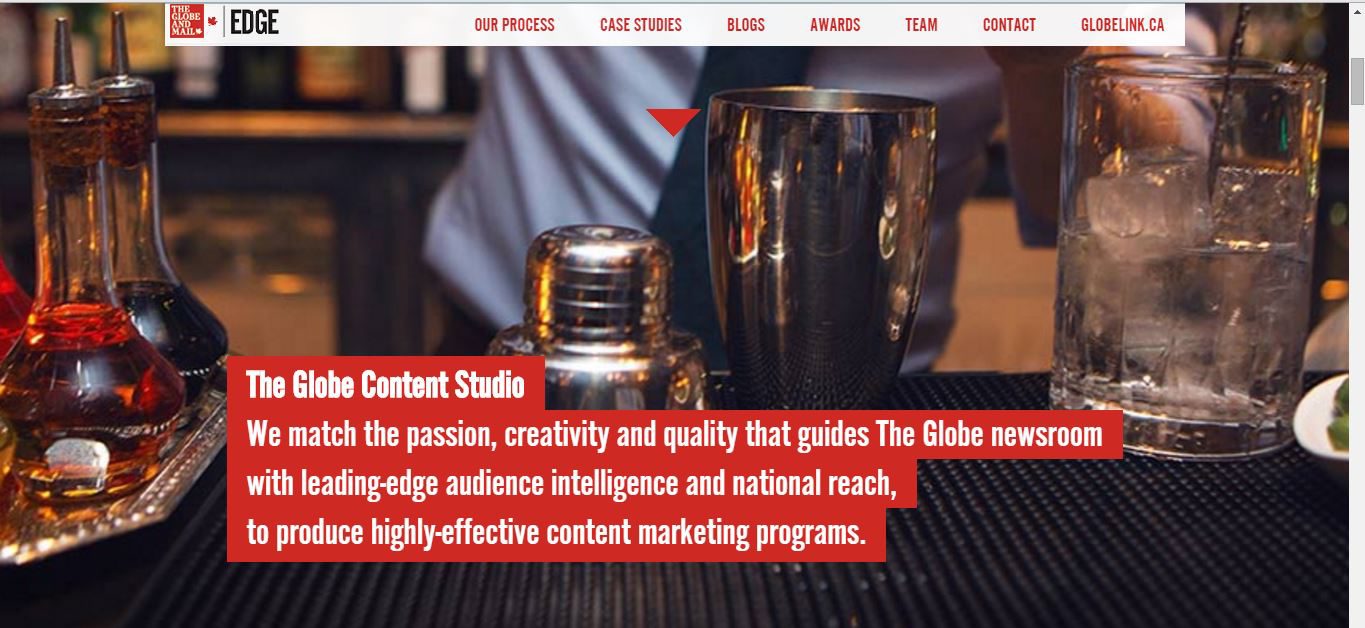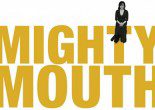On the edge of ethics
Most journalists agree that native advertising is a moral void. But in order to boost revenue, the Globe tries to strike the right balance with Globe Edge
In the summer of 2014, The Globe and Mail narrowly avoided an editorial staff strike over native advertising—the practice of working with advertisers to create ads that resemble journalism. A leaked memo from Globe management to the paper’s union proposed a system in which editorial staff would write for advertisers, compromising, in the minds of many Globe reporters, their integrity as journalists.
Now, the Globe has launched a new website for Globe Edge—a potential solution to the hotly debated question of whether newspapers can produce native advertising without selling their souls to ad clients. Despite the inextricable problem with publishing clearly biased ads designed to blend in with theoretically unbiased journalism, the relaunch of Edge may represent the better of many evils, as well as an industry warming up to the idea of writing for someone other than readers.

A screenshot from the Globe Edge website.
According to Globe Edge managing editor Sean Stanleigh, Edge operates as a micro property of The Globe and Mail, much like a section of the newspaper. While Edge staff still write native ads in the same physical space as the rest of the paper, an important divide exists between Globe employee roles.
The seven members of the Edge team who work on native advertising—though many once worked as journalists—are distinct from the Globe’s editorial staff. This workforce divide distinguishes Edge from the Globe’s first bungled attempt at native advertising, which nearly caused the strike. Stanleigh says this is crucial because it separates editorial work from work supervised and directed by clients, which is outside the scope of acceptable journalism.
Another important divide appears within the articles themselves, albeit not as prominently as it should. Take, for example, “Roughnecks, armed with tablets, transform the energy industry,” a distinctly uncritical look at new technology in the oil fields: a tiny banner along the top declares, “sponsored content” (in size 7.5 font); the type shade is slightly lighter than the standard black (though nearly indistinguishable); and an italicized message at the end of the article clarifies that the Globe’s editorial staff had nothing to do with it.
As native advertising has become more standard–particularly online (BuzzFeed makes nearly all its money this way)–many believe these small design cues aren’t enough. In a 2013 article following a native advertising misstep that led The Atlantic to publish a glowing endorsement of Scientology, the Globe’s own Simon Houpt took a firm stand against native advertising, writing, “Given the way readers consume stuff online, scanning articles on tiny screens, simply sticking a label at the top or bottom of an article won’t do the trick.”
But Stanleigh has observed a shift in the Globe newsroom away from knee-jerk rejection of native ads as unethical without exception. “I haven’t felt any antagonism from my colleagues,” he says. “I think they understand that we need to make the money it takes to produce great journalism.”
This awareness of a newspaper’s financial needs is keener than ever, and the softening of journalists toward native advertising has likely been prodded along by declining revenues.
Another contributing factor toward the acceptance of native ads is increased responsibility on the part of the advertisers. In 2013, the U.S.-based Interactive Advertising Bureau (IAB) published the Native Advertising Playbook, which attempts to establish industry-wide standards such as clear and unmistakable disclosure to readers. “It’s eminently possible to protect institutional integrity and provide a platform for paid points of view,” says IAB President Randall Rothenberg.
But “integrity” is a distinctly subjective concept, and its definition for advertisers may differ wildly for journalists. For Stanleigh, who was once deputy national editor for the Globe and has also worked as a senior editor at the Toronto Star, bridging this gap is essential. “One of the most important parts of my role is making sure advertisers have an understanding of journalistic principles,” he says.
While the concept still makes many journalists queasy, the development of Globe Edge is a leading example of a bad thing done well. If we accept that journalism needs to be profitable to exist—and that it may soon have exhausted all morally sound means of making money—a careful, responsible approach toward native advertising may be our next best bet.
by Jonah Brunet
Jonah Brunet is copy and display editor for the Spring 2016 issue of the Ryerson Review of Journalism.















































Is this story sponsored content? This is the beginning of a really bad idea.